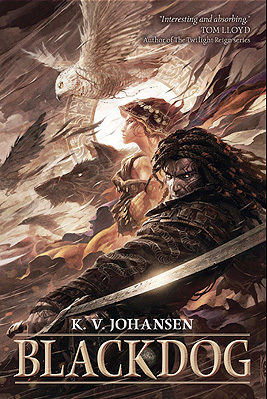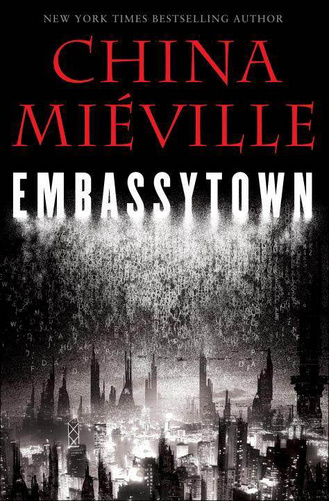For the month of February I’m partnering with inkPageant, a writing blog aggregator, to bring you a contest you can enter by posting on your blog. There are two prizes:
- A 20-page critique (or 3 hours of copyediting, if you don’t have a manuscript ready)
- A 50-page critique (or 6 hours of copyediting)
The 20-pager will be given randomly (you can have up to 3 entries) and the 50-pager will be given to the person who writes the best post that appeals to both writers and non-writers (i.e. readers). I’ll explain how to enter your posts in the contest in a minute. First I want to explain appealing to readers and how you can do it without leaving your writing-related comfort zone.
Appealing to Readers
I’ve mentioned before that fiction writers who want their blog to attract readers need to learn to blog about something other than writing. The easiest way to do this, while still appealing to your writing buddies and improving your own writerly sensibilities, is to review something with a plot (e.g. books, TV shows, movies). Ideally you’re reading and viewing things that would also interest your readers, and the time you spend analyzing those works will help you develop your awareness of story elements in your own work.
You can also blog about things that will interest your reader and relate to the books you write. For example, horses interest readers, and writers who need to know about horses for their books could use a few prods in the right direction. Historical fiction, steampunk, and other genre readers may be interested in clothing styles for certain time periods, as will writers who write in those eras. There are entire worlds of topics you can write on, most of which will appeal to readers. (But if you only talk about the craft of writing, you’ll miss your mark.)
Readers also tend to enjoy satire of genre tropes and expectations, so if you’ve got satirical chops, funny always wins over readers.
How to Enter Your Posts
To enter the contest, register at inkPageant and submit your post to them. They’ll review your post and add it to their pages.
Winning the 20-page Critique. Any post, whether it appeals to readers or not, gets you an entry for the 20-page critique prize. You can have up to 3 entries (each blog post is an entry), and the winner will be chosen randomly at the end of the month.*
Winning the 50-page Critique. I will review every post inkPageant aggregates in the month of February, and the post I believe is of the best quality and best appeals to readers and writers will win the author the 50-page critique.*
____________________________
*If you’re already a Looseleaf client, or if you’re a family member of mine, you’re disqualified.
















